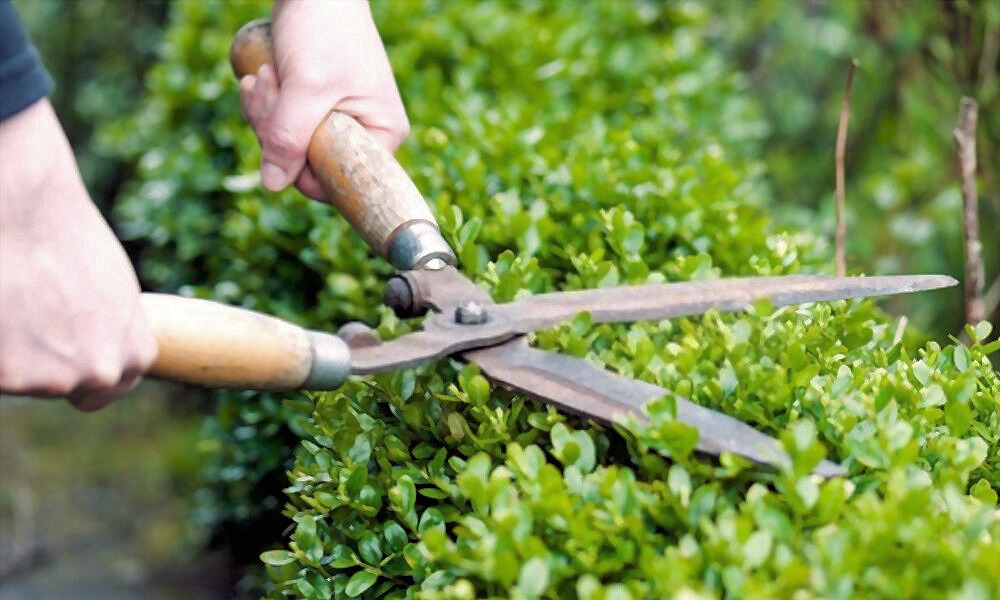Embarking on the journey of hedge trimming as a novice gardener can be both exciting and daunting. In this article, we will explore the essential knowledge and techniques that every beginner needs to know in order to achieve healthy, well-maintained hedges that enhance the beauty of their garden.
Here are 10 key points to help new garden owners understand hedge trimming:
1. Essential Tools
Invest in good-quality gardening tools such as hedge shears, pruning shears, loppers, and possibly a hedge trimmer for larger hedges. Ensure your tools are sharp and in good working condition. A sturdy ladder may also be necessary for tall hedges.
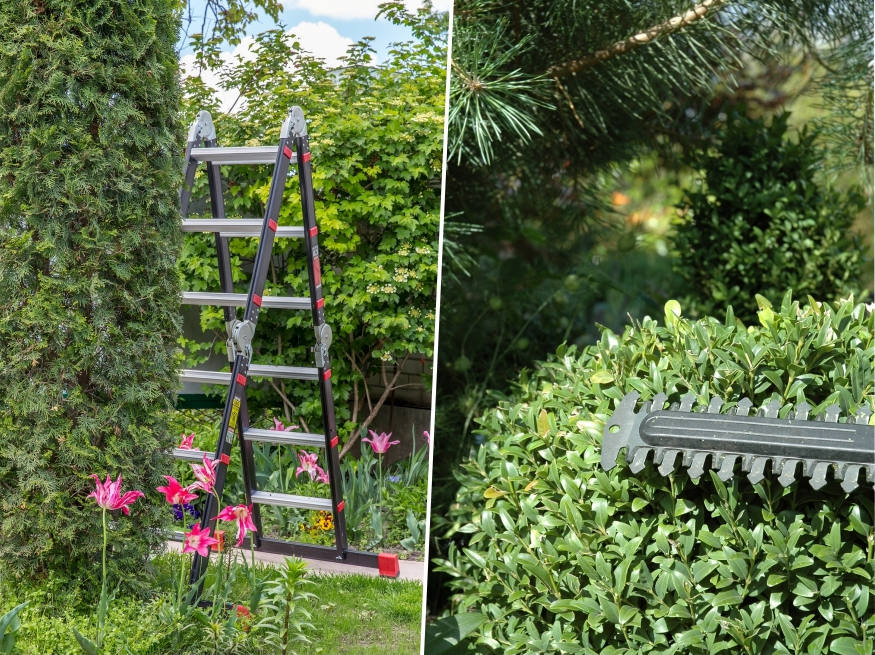
2. Timing
Trim hedges during the appropriate season. Most hedges can be trimmed in late spring or early summer, but check the specific requirements for your particular hedge species.
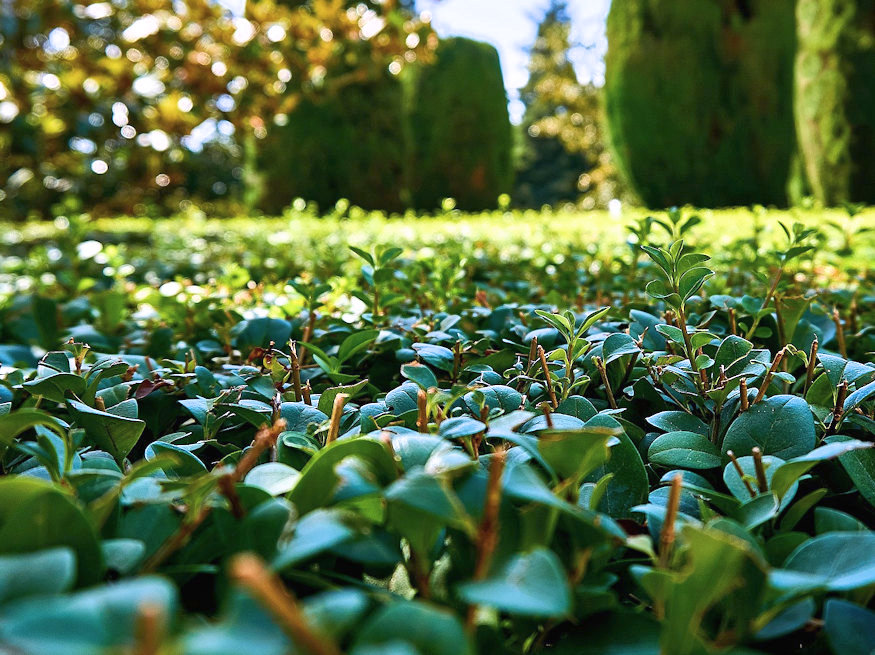
3. Safety First
Wear protective gear like gloves, goggles and sturdy footwear to prevent injuries while trimming. Take care when using sharp tools and be cautious of electrical hazards if using powered equipment. When using power tools, always follow the manufacturer’s instructions.
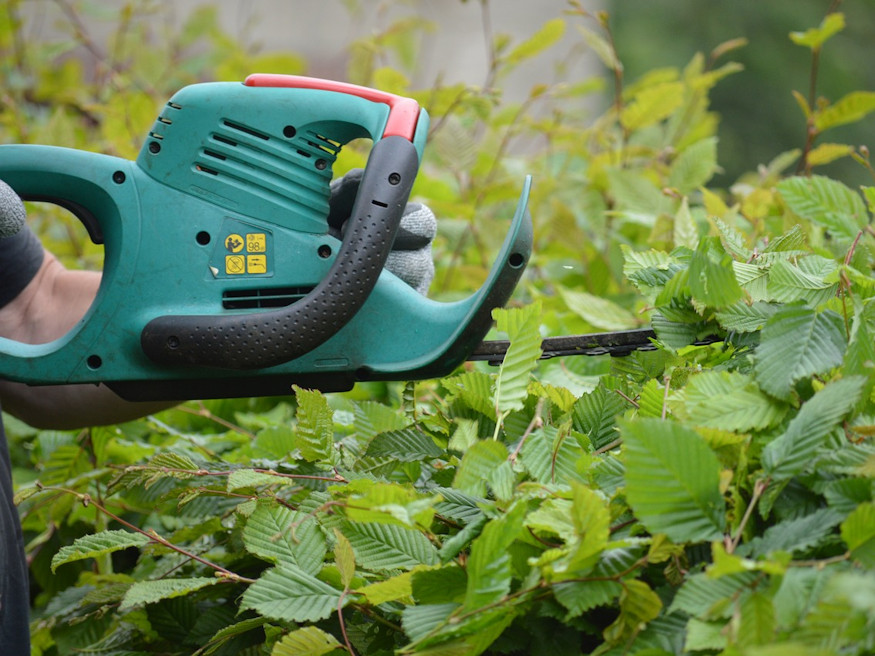
4. Proper Planning
Assess the hedge’s overall health, shape and size requirements before trimming. Decide on the desired shape (e.g., formal, natural) and consider the hedge’s purpose (privacy, aesthetic appeal) to guide your trimming approach.
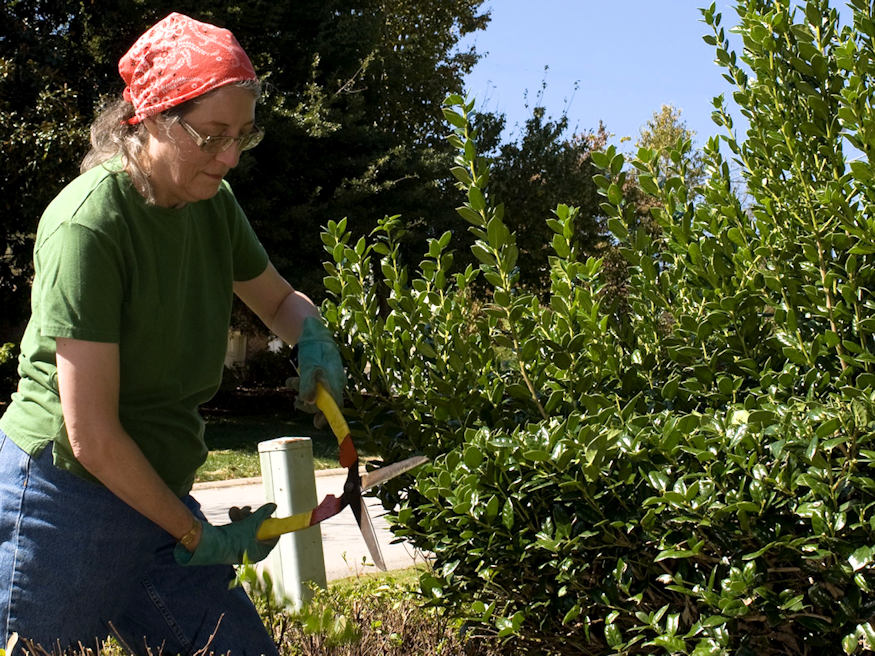
5. Pre-trim Preparations
Remove any debris or obstacles near the hedge to ensure a clear workspace. Decide on the desired shape for your hedge. Use stakes and string as a guide to maintain straight lines and achieve the desired height and width.
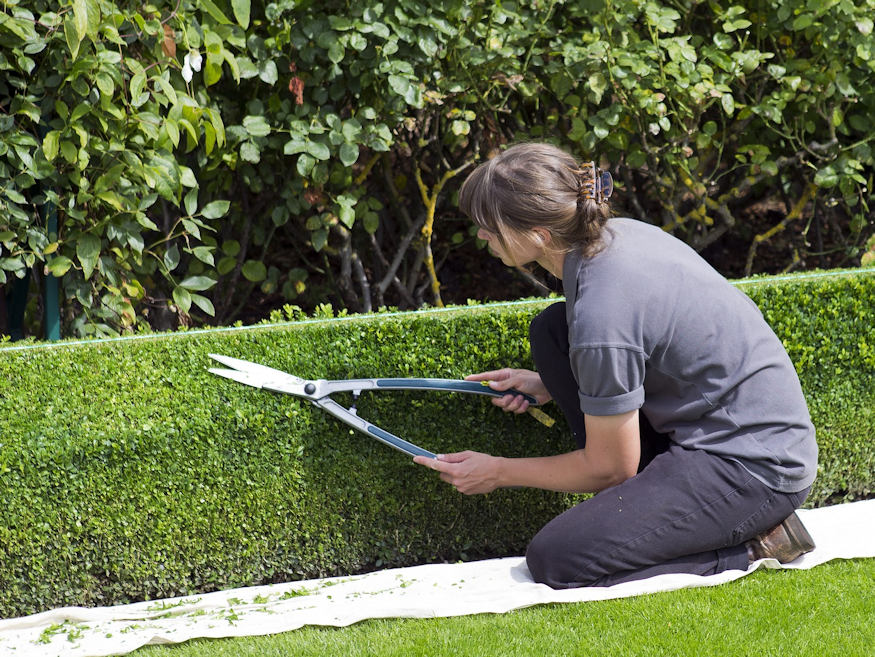
6. Gradual Trimming
Start by removing dead, damaged or diseased branches using pruning shears, as these can impact the hedge’s vitality. Then, gradually shape the hedge by trimming the outermost layer, working your way inward.

7. Cutting Technique
Begin trimming from the bottom of the hedge and work your way up. This ensures an even and balanced appearance. Angle the shears slightly downward and make clean, sweeping cuts to create a tapered shape, wider at the base and narrower at the top. This allows sunlight to reach the lower branches and promotes healthy growth.

8. Regular Maintenance
Regularly trim your hedge to keep it looking tidy and to promote healthy growth. Light pruning every few weeks is preferable to heavy pruning infrequently.
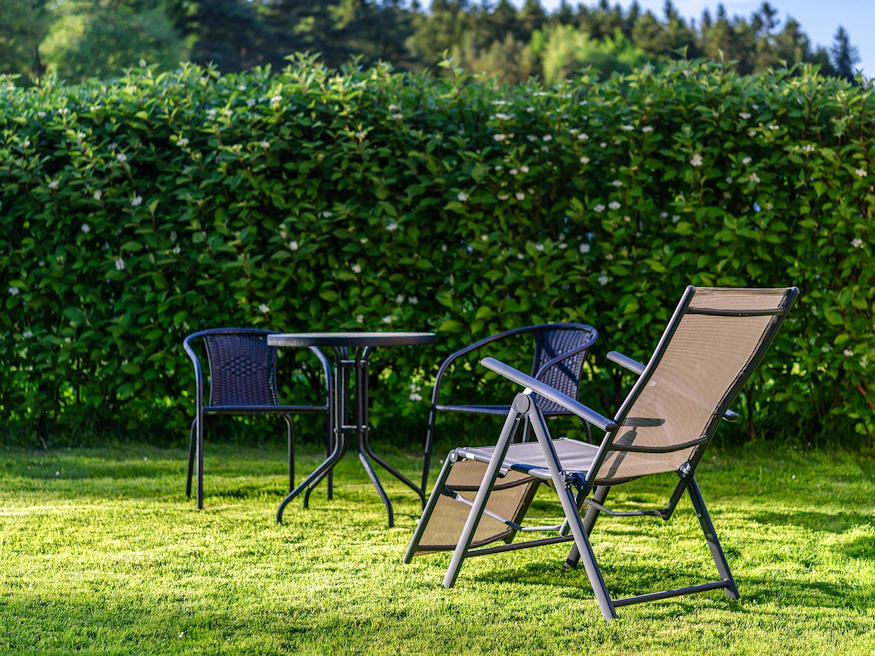
9. Avoid Over-trimming
It’s better to trim less than to remove too much foliage at once. Over-trimming can stress the plant and lead to slow growth or even damage.
10. Clean Up
After trimming, collect and dispose of the trimmed branches properly. Rake the area around the hedge to remove clippings and maintain a neat appearance.
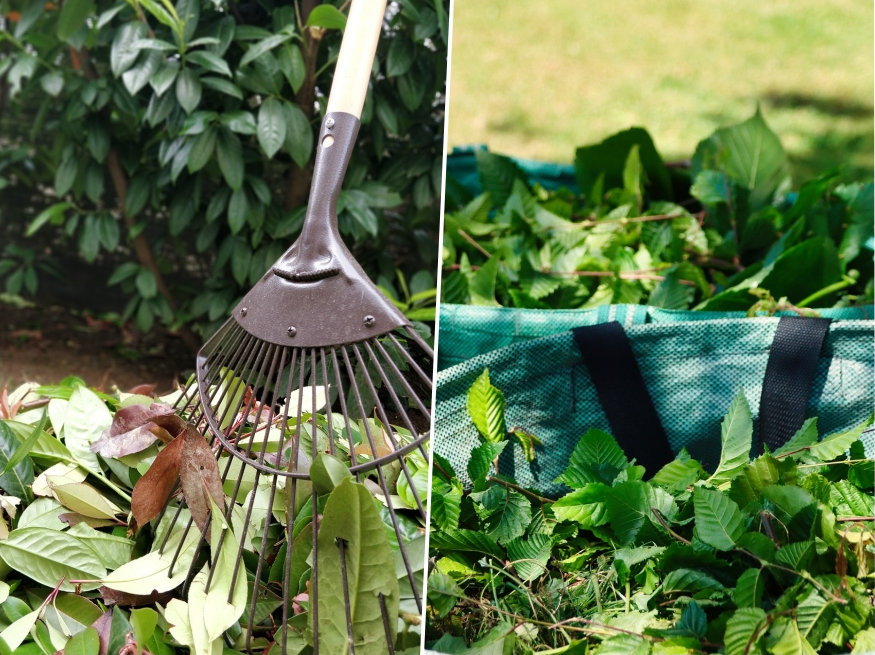
Remember, these points provide a general guideline, but it’s always a good idea to research specific information for the particular hedge species you have in your garden. Additionally, it’s always helpful to observe and learn from experienced gardeners in your local area.



